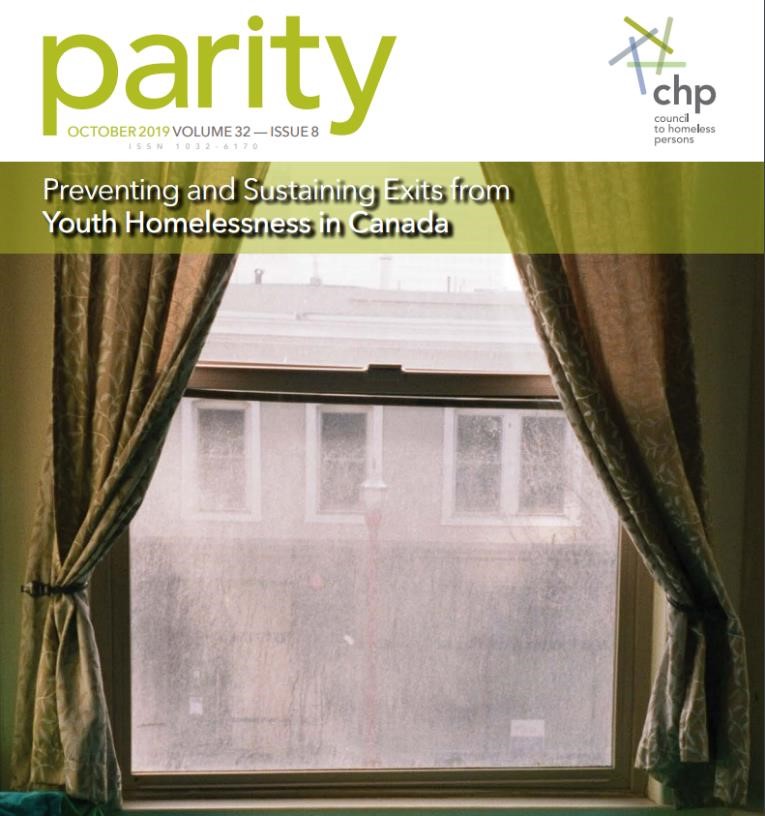Good winter, everyone,
As I age and move through the cold months with more focus on my discomfort, I realize I have lost my childhood joy of the gifts of winter: the snow, the bright sun, the quiet contemplation, and the wrapping of ourselves in warm comfort. We say good evening, as we greet our fellow humans in the glow of the moonlight, intentionally appreciating the gifts of the night and acknowledging the blanket of comfort and renewal that it can bring. And so, I am choosing now to acknowledge the gifts and the joy of winter with an intentional greeting of good winter and a smile.
I have spent weeks thinking about what to write about for this edition. These letters are important to me. They help me remember what to focus on. What do I need to say? What is it time for?
And I have been lost.
I have been lost for a while now.
I have been lost in the intense mission of this powerful yet delicate organization. I have been lost in the frustration and anger of a system and community that is so unfairly balanced. I have been lost in the pain of the young people I see hurting everyday: lost in their deaths, their abandonment, and their disappearances. I have been lost in the pain of a staff that is exhausted and hurt and yet still so dedicated to a solution. I have been lost in my own pain in experiencing this, and the pain of my family, both as they navigate their own lives and as they experience my pain with me.
I chose to move into the not for profit space because my heart hurt—I needed passion and purpose (and boy did I find it).
But I left something behind: joy.
And I realized this week, I didn’t lose joy.
I left it.
I refused it.
I let myself feel the deep hurt of our young people, of our parents and families, of the staff, of my fellow CEOs and EDs, of communities, and of my own family. But I did not let myself experience joy. How could I when there is so much suffering, when there is so much work to be done?
My intention was true—I wanted to help. But I became so lost in the trauma that I forgot what brings us out.
The opposite of trauma, in my perspective, is joy. Laughter, dance, sunshine, sport, art, music, math—whatever lights you up. Joy is vulnerable and open. It lets the light in to heal and detoxify. It is not a state that we achieve only when we are done feeling our trauma, it is something we choose to allow so that we can heal, a little bit at a time.
In my own denial of joy, I realize that I have denied others the experience and leadership of my joy. My joy is powerful and contagious. Our joy is a gift to ourselves and others. As much as we need bearing witness of our painful stories, our collective experiences of joy can heal us all.
And so, what is it time for at YESS? It is time for a little bit of joy. We have come a long way in 2 1/2 years. We have emerged out of some very hard times and while I know there are more ahead of us, it is time to celebrate and be vulnerable in our joy.
This good winter, I wish that you give yourselves the permission to feel JOY and celebrate the good things with us, with your loved ones, with your community.
Together, we can heal, a little bit at a time.
With my own love and joy,

(header photo by Leroy Schulz)



